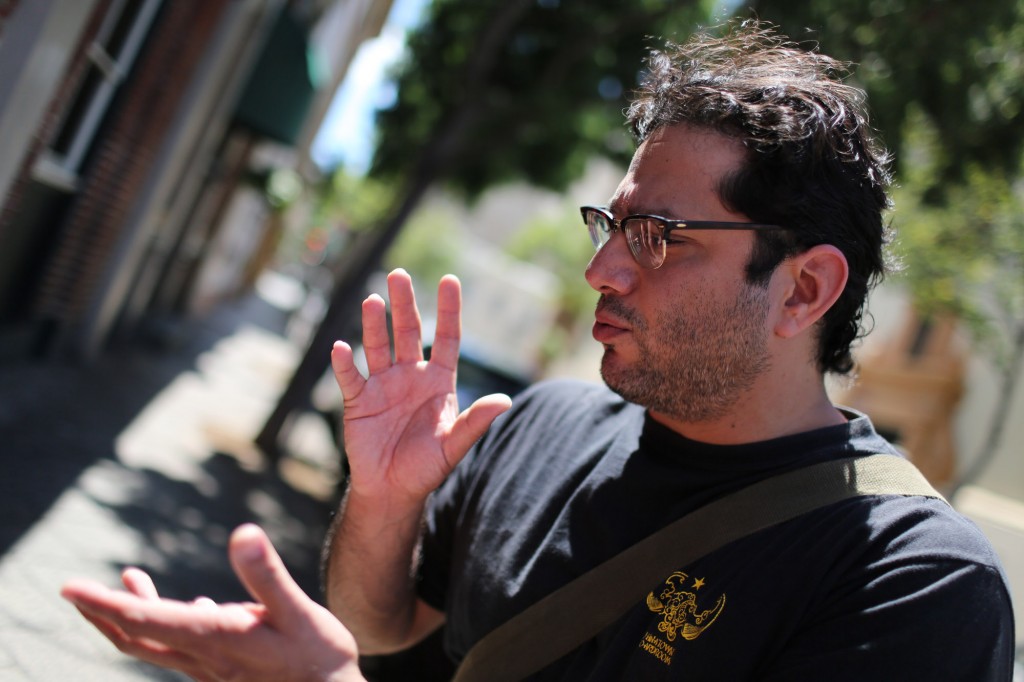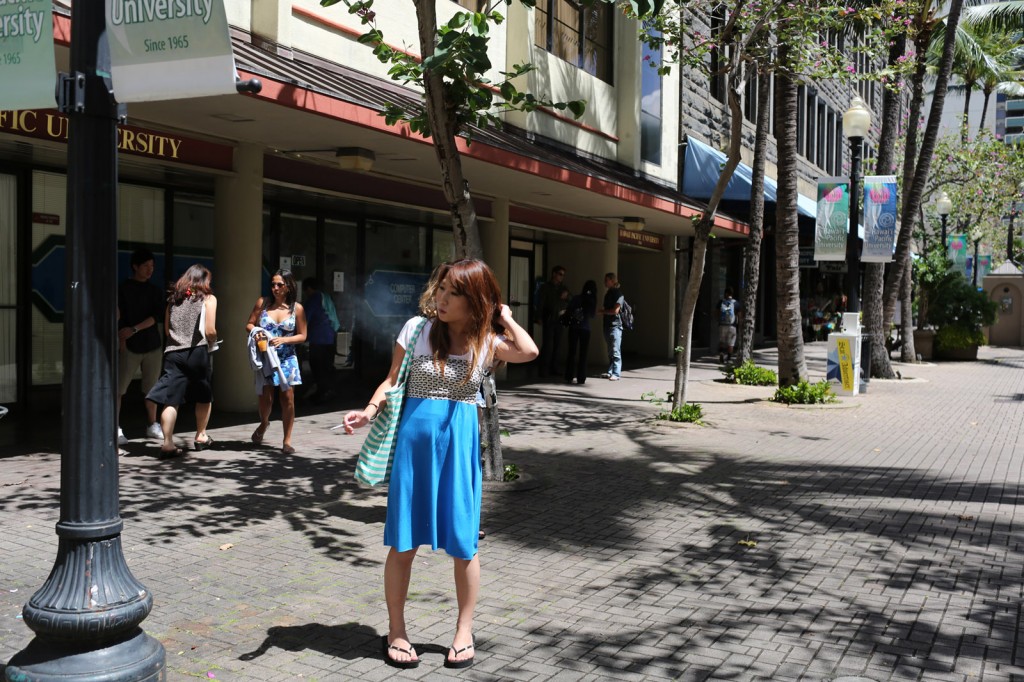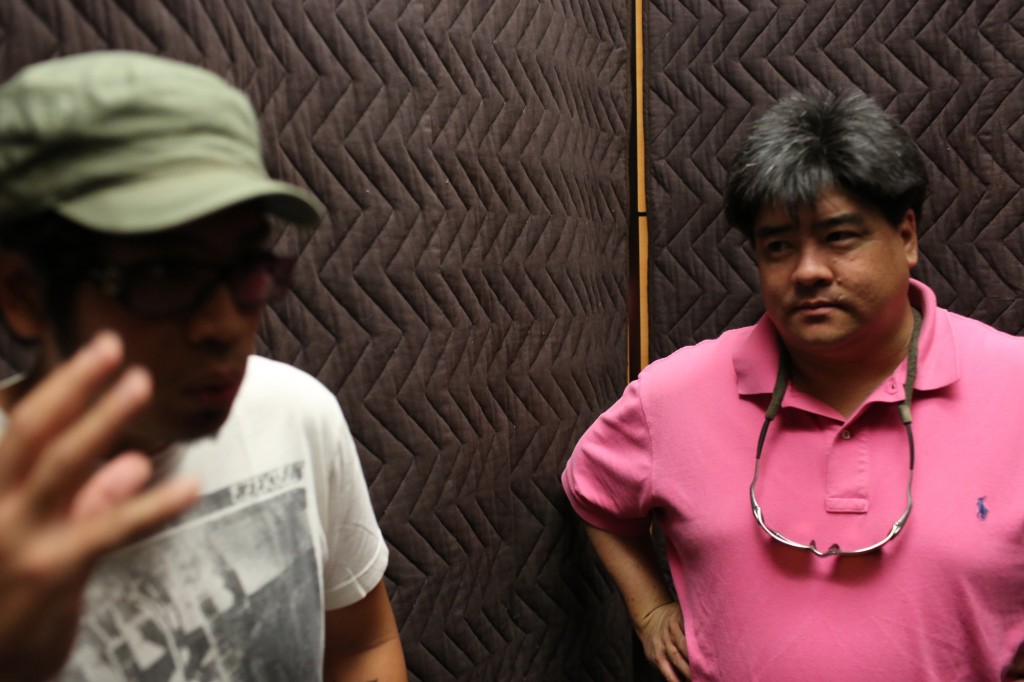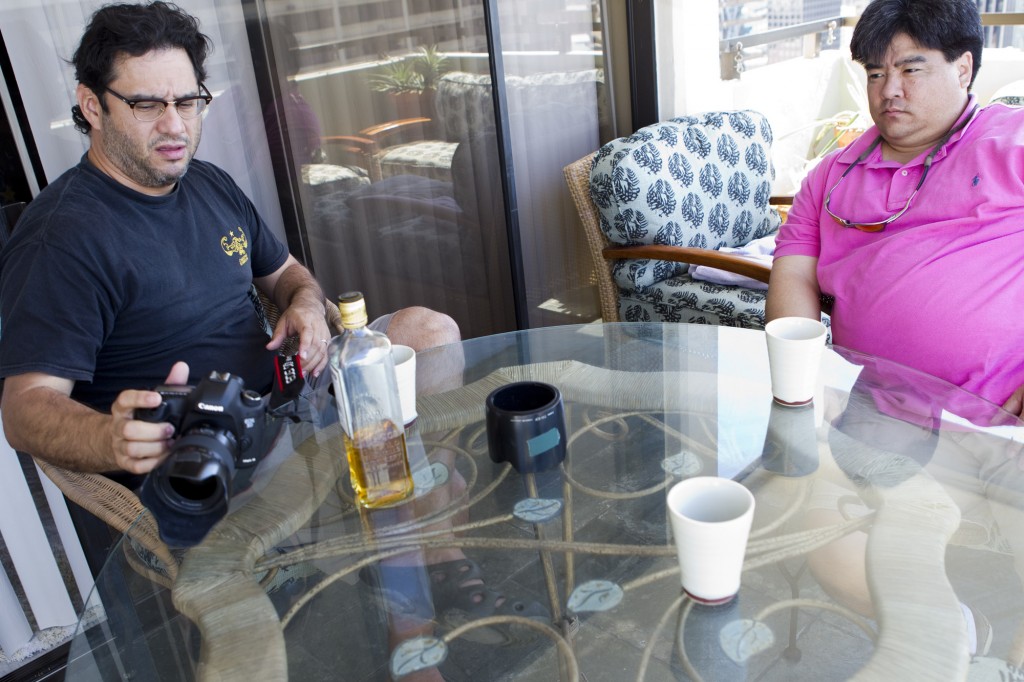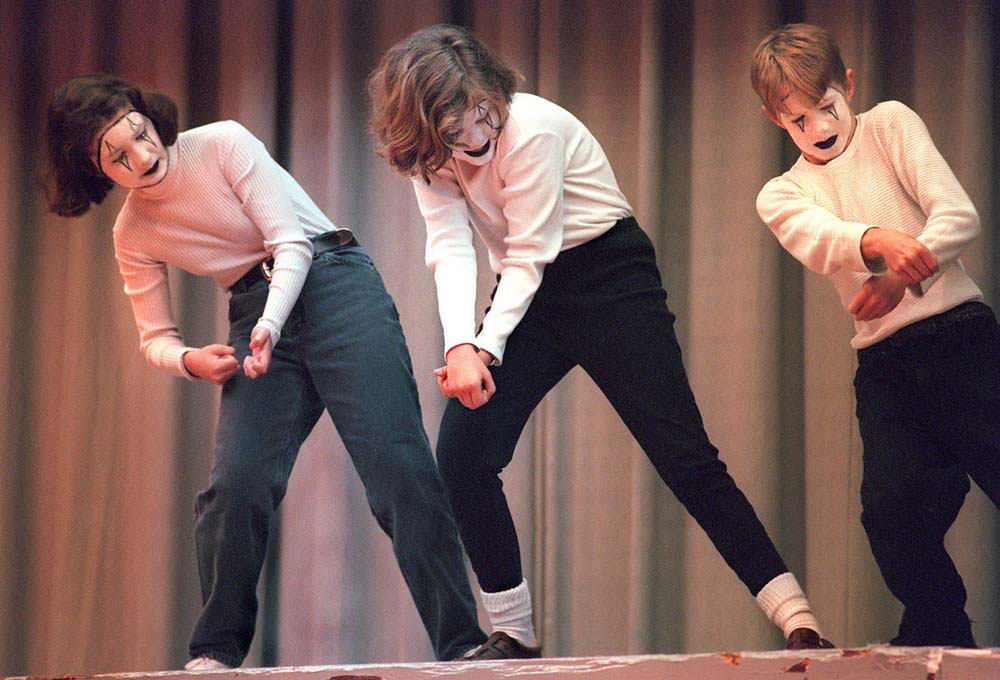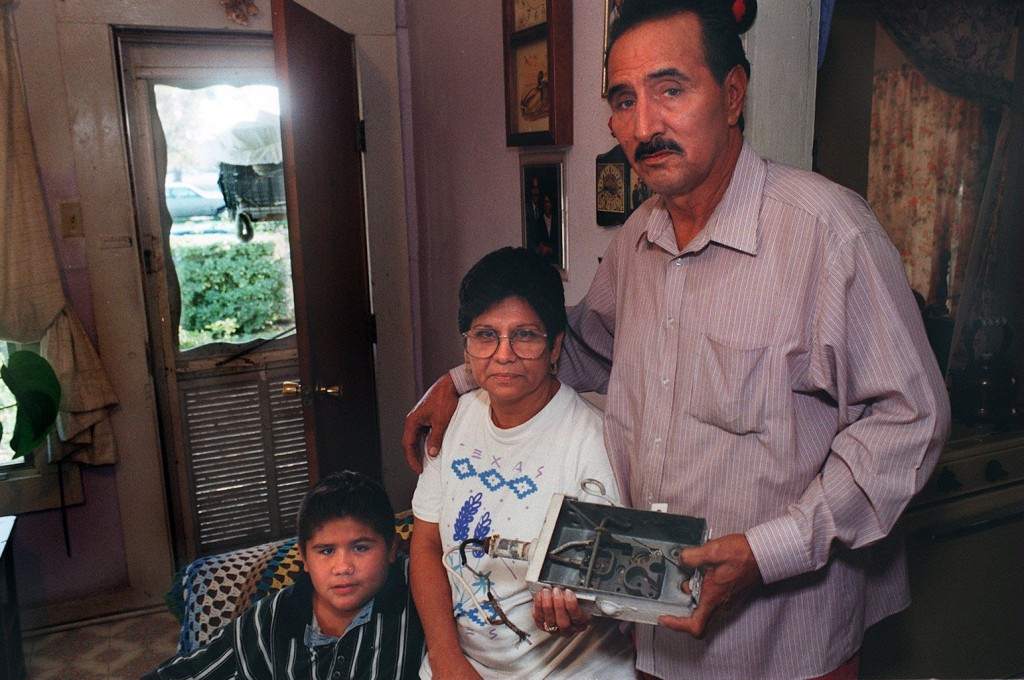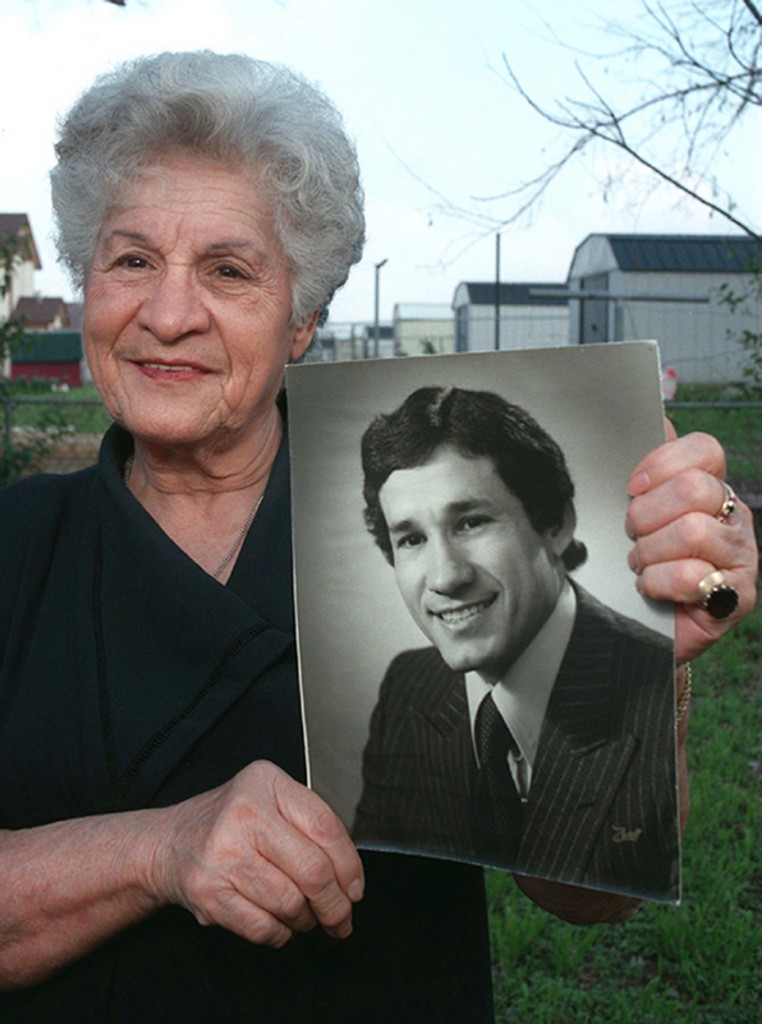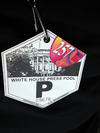
I won’t start ringing the bells just yet and start selling off the cameras but my professional writing career is taking off. We should take my statements lightly as I’m not sure if my authorship can cut the mustard, let alone pay the mortgage; however, we have liftoff. With the first published article on Nimitz in the Star Advertiser to two major bylines worldwide with the Associated Press, I am off to a good start…a GREAT start and end to 2013. I am soooo grateful to Associated Press news editor who happens to share my last name as he put his trust in me to report on the big news. And that big news was following Obama and la famila around during their annual Xmas vacation in Oahu. I also have to thank Audrey-san and cuz Jen as they might have been the ones who put my Nimitz article in front of hermano Garcia which convinced him I was the right hombre for the job. Señor Garcia (no relation at all) assigned me to cover POTUS and my reporting seemed to do very well and was sent ’round the world.
My assignment placed me inside the media circus that follows the President around. Permanent staffers from all the major media are assigned to cover the President wherever and whenever he travels or just stay put. The coverage, sometimes affectionately referred to as death watch, needs to ensure every minute of the President is accounted for. It is one of the most taxing assignments any journalist is assigned as you have to be ready to capture that moment. Sadly, you have to sacrifice your life as you live for POTUS. Vigilance through the lens or the pen is crucial to this job as anything can happen at any point in time. A slip in concentration could mean missing the assassin’s bullet or the angry Iraqi’s shoe. No telling when that slip will occur or when the aliens comeback to reclaim their property. The truth is you never know when you’ll have the Zapruder film or classic bloopers from the Bush years.
Sadly Obama strongly disregards the professional media and his administration would rather use social media than independent media to get his message out. He routinely uses hand outs from his personal photographer and fiercely guards his image from the press yet; as he keeps back the pros, regular citizens and paparazzi get much better access. The Obama Administration is one of the most unfriendly administration in history towards the media and clearly lacks the transparency he campaigned on.
—————————————
My above video shows the view the media bus gets of Obama and it really never gets any better. Some might argue that the President owes the media nothing; however, the media is needed to ensure the government stays honest. If you allow the government to police itself, there will be very few arrest.
Some of you might recall my so called paparazzi encounter with then Presidential candidate Barack Obama in August of 2008 when I parked myself on Kailua Beach waiting for the future POTUS to make an exit and walk down the shore. For three straight days, Obama stayed away and I figured his security detail just kept him informed of my existence. So I took a gamble and left the beach and snuck around to a different beach access point opposite his hoping he’d think I abandoned my assignment. Sure enough, as I walked from the opposite direction, Senator Obama and his two kids left the house and strolled down the beach, hand in hand, with nary a though to where I stood.
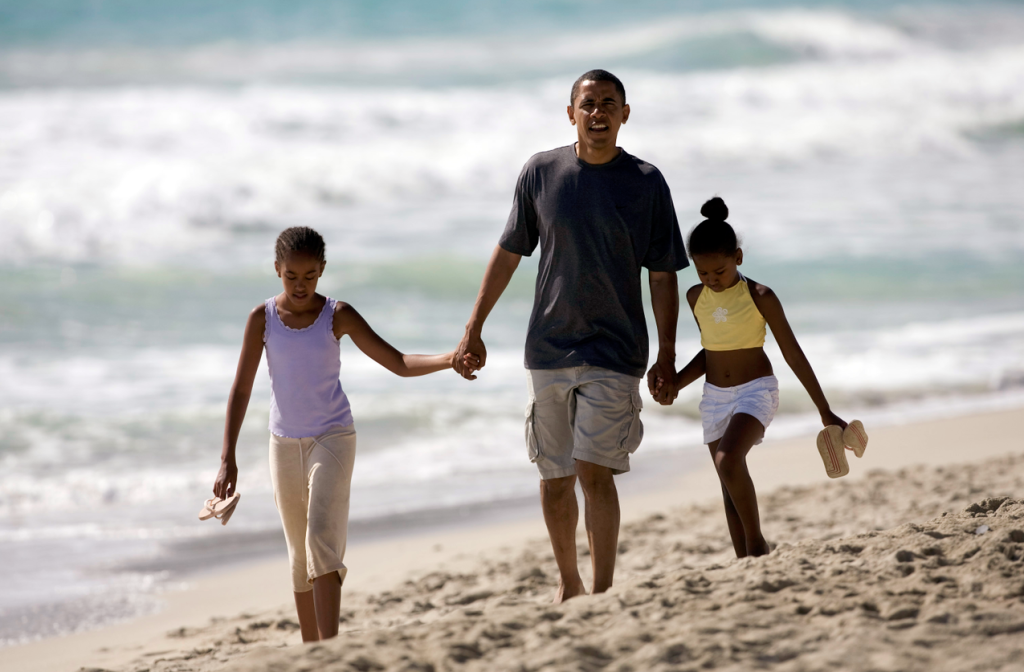
I took some of the most intimate pictures of the Senator with his daughters which I feel defined him as a father and made him human. So many times, candidates fake their photo ops and try to pretend they are just like us. They roll up their flannel shirts and help wash dishes, serve food at a homeless shelter, eat at McDonalds like the rest of us. I’ve NEVER believed these people really were who they are. It was fake. Always fake…Romney and Kerry with their millions, Bush with his dynasty. Obama, on the other hand, was caught off guard, and it shows. I caught him being human.
When the Senator actually realized he was being photographed, he got pissed. He waved his sandals at me and yelled at me to leave. Sorry, Senator, its a public beach and you’re a public figure. Secret Service said nothing. I stood next to them and showed everyone respect and dignity. The future President might have been really upset but he signed up for the whole public image thing. In my view, a politician is owned by the public. We demand to see him. His kids are off limits but whenever the parents are out and about, they are fair game.
As far as the writing assignment went, it was beyond boring. It was a tedious exercise in hours of playing Candy Crush, being pestered and pestering others on the media bus, not to mention snacking on really bad vanilla creme cookies and other terribly unhealthy things Michelle surely wouldn’t approve. Obama kept the media completely away, as in many ways, he should as his vacation is somewhat private but we are not there to paparazzi him but to ensure we cover his every move in the inevitable…well lets leave it at that.
I’m extremely thrilled to have more writing under my belt. I’m aiming to continue to add more bylines and stories to my every growing career.



